LEARNING TO SEW AS A BEGINNER
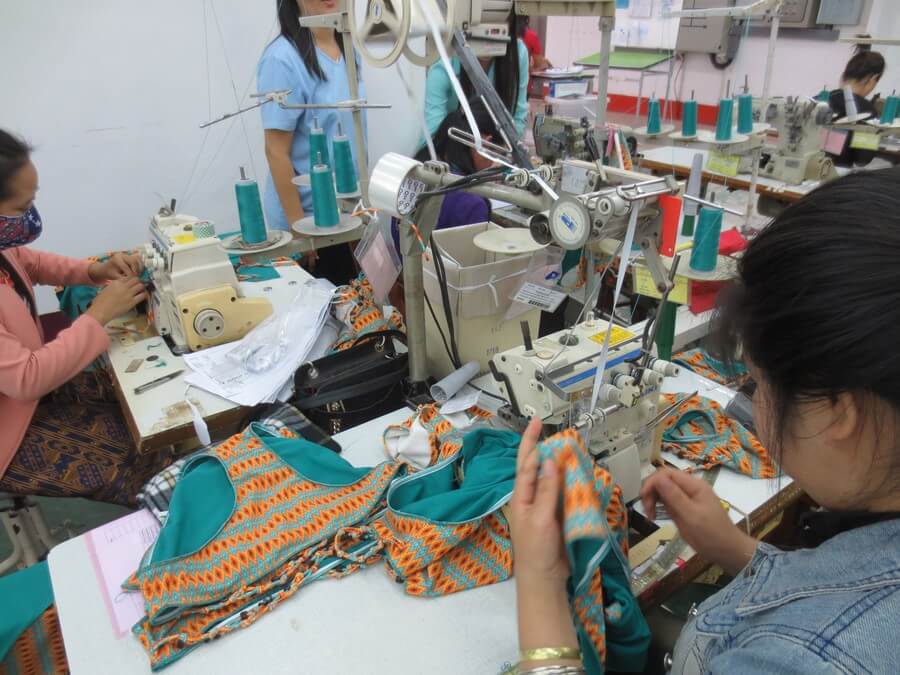
Learning how to sew is a REAL practical life skill investment. When you are making aprons, tote bags, backpacks and pajamas, or learning to quilt, at some stage, your level of sewing will plateau or ‘hit the ceiling’, and the quality of your sewing will stop improving. Why waste your hard-earned money to learn the same basic techniques in every lesson, while your sewing skills don’t improve or progress?
Vancouver Sewing Classes (VSC) recommends that people invest their hard-earned money in a good quality program, where you can learn all of the basic foundation techniques in sewing, such as stitches, seams, pockets, zippers and so on. Once you have acquired all the basic technical sewing skills, it is amazing how much your sewing will greatly improve. Nobody enjoys picking seams apart when they make a mistake, so, the next time when this happens to you, just remember this: you need to learn the essential basic sewing techniques in order to improve your knowledge and skills, so you can fully enjoy the art of sewing.
FASHION DESIGN CAN NEVER BE REPLACED BY ROBOTIC TECHNOLOGY
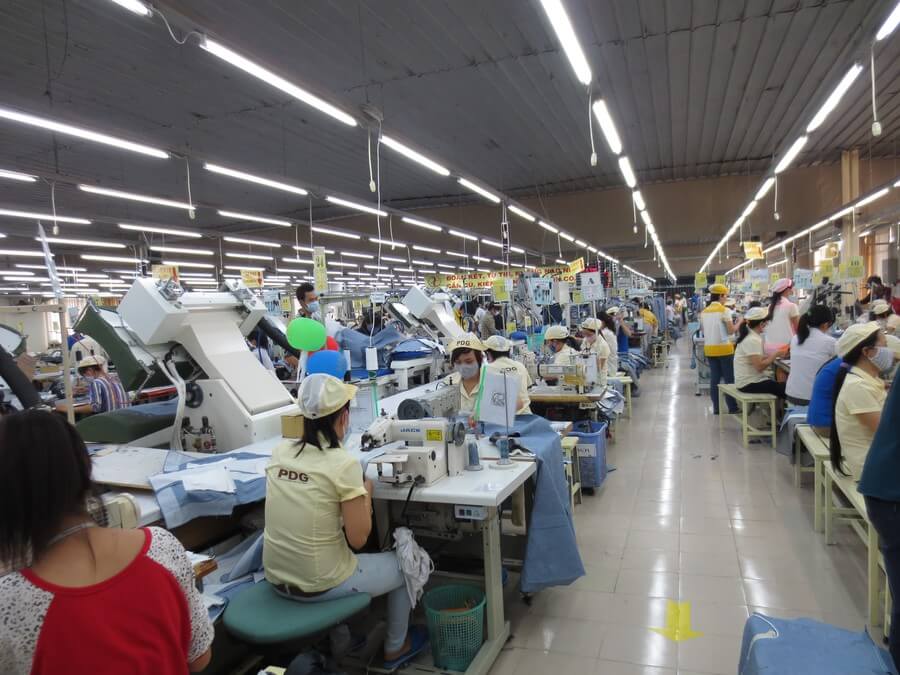
A career in fashion design can bring so much reward and stability into your life. It is a real, practical and useful life skill that you can take with you anywhere in the world and still make a good living out of it. Apparently, many Australian expats are currently living in Bali and they are running successful businesses by doing just that. It is an old profession that is quite often overlooked and underrated in our society. Fashion design is one of the last few industry sectors that robotic technology is unable to conquer. Many other industry sectors and professions are seeing real people being replaced by computer and robotic technology, such as in auto manufacturing, financial and banking, medical healthcare, education, social work, airline, military, food manufacturing, journalism, and hospitality, etc. Luckily, fashion design is one industry still shielded from invasion and takeover by robots. The apparel industry sector would require an enormous investment and resources to replace humans with robots in the 21st century; therefore, it is highly unlikely that will happen in the next 100 years. The cost of investing in robotic technology would be too high for garment manufacturers to replace the low cost of human workers. One particular area that robotic technology will never be able to replace is the realm of designers, couturiers, tailors, seamstresses, and factory sewers because they are the “creative thinkers”. Robots cannot think like humans, and, ultimately, no matter how advanced robotic technology becomes over time, human hands will always be more versatile and skillful than man-made machines; even Gerber Technology is heavily dependent on humans to operate.
HAVING THE RIGHT SET OF SKILLS WILL MAKE A BIG DIFFERENCE IN YOUR FASHION CAREER
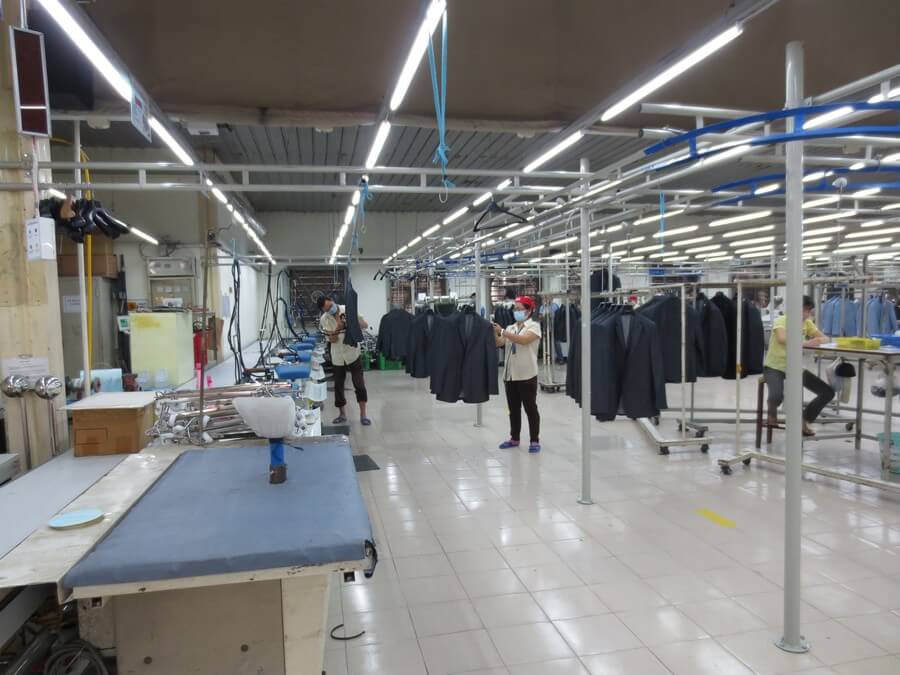
Essentially, you need these four skills to be able to design and create a garment from scratch. In mass manufacturing, it is imperative that all designers acquire these skills when it comes to production in large quantities, especially in different styles, sizes and colours.
Pattern drafting is a really good skill to have under your belt. The skill itself will help any designer to copy or create an original pattern from a finished garment or from a conceptual design stage. In reality, pattern making is actually the designer’s primary responsibility. Their job is to take a technical drawing and convert it into a commercial pattern; prepare the prototype; execute the fitting; and finish the sample for the client’s approval.
In some smaller companies, the grading task quite often becomes the designer’s secondary responsibility, where they have to grade in different sizes at the client’s request, once the sample is approved for production. If you are operating a custom-made boutique business, grading will always be a big part of your regular business routine to ensure that your clients are happy with their perfect fit.
If you are operating your own business, sewing will play a more key role in maintaining quality control in your garment production. Without sewing knowledge and skills, you will have a huge disadvantage against your competitors. In order to save costs and increase profits, most local designers will do all their own in-house sewing, sampling and production. This way, all the money they earn goes directly into their pockets and not someone else’s. It is a great way to be more cost efficient when you are starting up your own business…
FASHION DESIGN IS A PRIVILEGE

Yes, indeed, fashion is an exciting world for every fashion designer who gets up every morning and arrives at work. It is one of the most fascinating and fun jobs in the world. Most people are satisfied with their mundane 9 to 5 job, but for designers in this field, it is a completely different story. First of all, they get to touch, feel and work with the coolest and most unique fabrics. Secondly, they get to design and create innovative ideas. Finally, they get to sell their complete garment at a price to make a sizable profit and, at the same time, they get to meet the most amazing and fantastic people along the way. In addition, they often get to enjoy many great life experiences and different cultures through career-related traveling and social interactions.
There are many professional occupations that face daily challenges, red tape and roadblocks in this society because of the government’s strict laws and regulations that prevent professionals from doing what they love. However, fashion design is one of the very few professions where there are not many restrictions and regulations, or licensing requirements, in cities and countries around the world, to work or operate a business. An expat designer can practise her/his skills in any country without government intervention. Many fashion designer expats in Indonesia, Vietnam, Cambodia and Laos are currently living a comfortable life – doing what they love the most – which is designing and selling their clothes on their terms. Interestingly, many expats even create jobs for the locals in their community and most expats only work 5 to 8 hours a day. As for the rest of the day, they spend their time on the beach or by the pool, so they can drink their favourite Margarita under the tropical sun. This is the perfect illustration of being able to live your life in a paradise of your choosing, if you have a practical life skill under your belt.
FASHION DESIGN IS NOT ONLY A LIFE SKILL, IT IS A BUSINESS
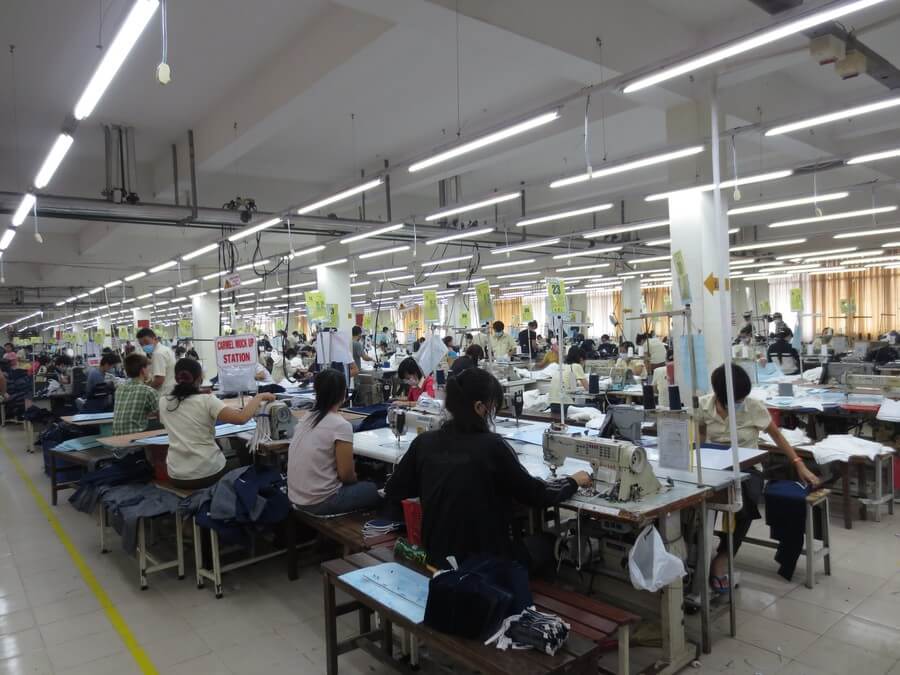
There are many professions in the world that require further upgrades in education and extensive examinations in order to obtain or continue a license or employment; however, fashion design is a unique profession where it is not required by the law of any country to do so. As a matter of fact, anyone having a life skill involving pattern drafting, sewing, French draping and pattern grading will have no problem getting employment. Furthermore, if you are a professional fashion designer, you can set up your own business from the comfort of your own home or online in most foreign countries without any government red tape. You can take this life skill and move to any country, at any time, without doing much packing and you would require very little capital investment, should you decide to start up a business from scratch. Many expats from all over the world have made a very comfortable living doing what they truly love every day, on their own terms.
THE FOUR BASIC AND ESSENTIAL SKILLS A FASHION DESIGNER MUST HAVE
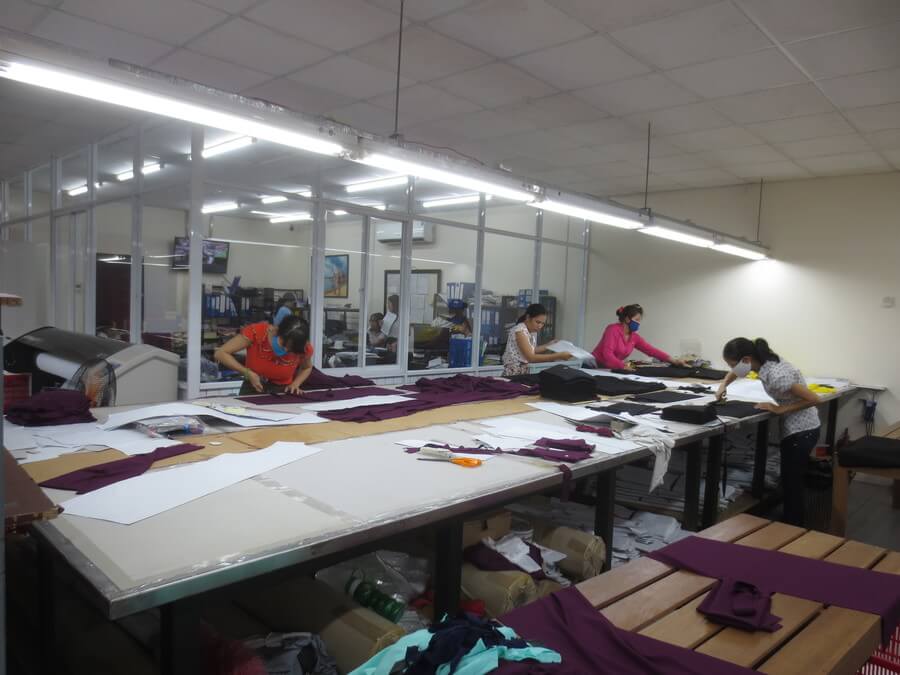
The real essential skills you need to make it in the fashion industry are actually not drawing, sketching, weaving, sculpting, painting or even knitting. In fact, it is not even fashion history, color theory or elements of design. In the real world, the only four basic and essential skills you truly really need are: pattern drafting, sewing, French draping and pattern grading.
Pattern Drafting – In fashion, designing always begins with flat-pattern drafting because that is how all garments are originally created from a paper pattern. A person can be a brilliant fashion illustrator but, without pattern drafting skills, she/he will not be able to transform their idea into a real garment. Pattern drafting is the real back bone of fashion design. It is also the original template for any design that exists in this universe. Drafting a paper pattern and then cutting it into a garment is necessary, if you want to maintain consistency in the design, fit and quality of your entire garment collection.
Sewing – In order to create a four-dimensional garment with shape and structure, sewing skills are essential and mandatory in this business. One can create good patterns but, without sewing skills, literally, there is no garment to sell or to show on the catwalk. All cloth or material must be stitched together before it becomes an actual garment to be worn…
THE GERBER SYSTEM IS NOT PERFECT OR AFFORDABLE
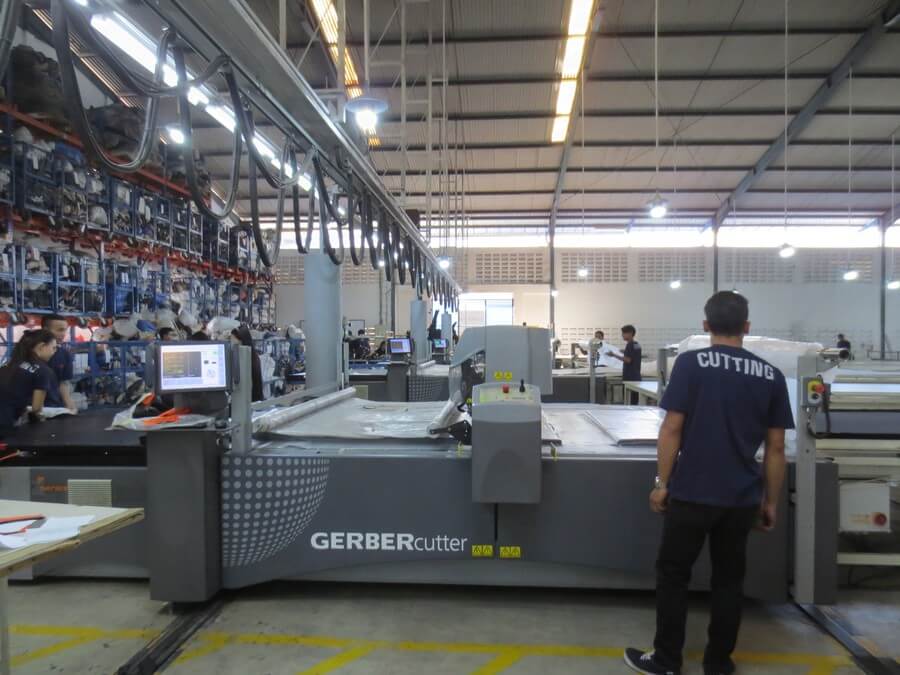
Gerber and Lectra are the CAD (computer-aided design) systems commonly used in the garment manufacturing sector for all mass production. They are computer systems that include the software, a plotter, a spreader and a laser cutter that helps a designer to create, design, plot, draft, manipulate, and grade pattern in any size and cut of fabrics. The system also allows you to store data and information for past, present and future use. The Gerber laser is good for cutting through numerous thick layers of fabric in production. The system is highly efficient but uses a lot of power in a mass production manufacturing setting. However, there is a big downside to the Gerber system – the computer software performs quite poorly on complex asymmetrical or bias-cut designs, especially where there are a lot of intricate curves or stretches, particularly in knit and bridalwear. Whenever and wherever there are a lot of variables in a design, the Gerber/CAD system will become less reliable and accurate…
FASHION DESIGN IS A GREAT LIFE SKILL INVESTMENT
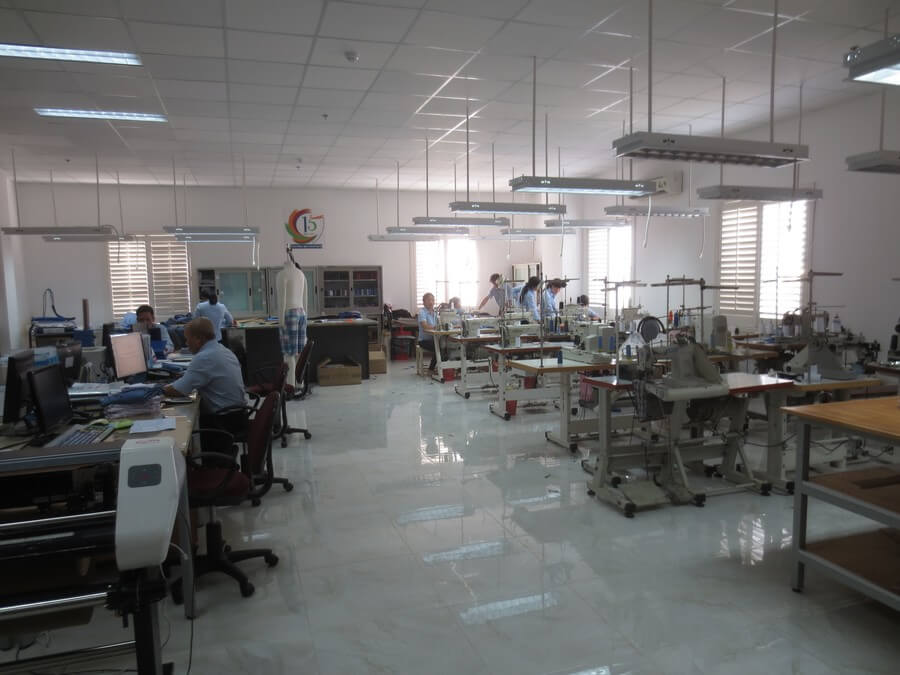
Do you really hate your job or your boss and you really want a change in your career?
Do you want to learn how to make well-made professional garments that look like you purchased them from Holt Renfrew or Barneys New York?
Do you want to learn the same fashion design program curriculum (sewing, pattern drafting, French draping and pattern grading) being taught at Parson New York or Central Saint Martins in London for a far lesser amount of money?
Do you want to learn a practical life skill (flat-pattern drafting and sewing) to make more money and control your own fate?
Do you need help preparing your garments for your fashion school application and earning top scholarships?
Do you want to have a flexible schedule and enjoy your balanced work/play lifestyle?
Do you want to learn how to measure and draft pattern slopers/blocks in your own size?
Why work hard for someone and make your employer rich while your salary remains the same?
Why settle for less when you can achieve more in your life with a practical life skill you can use anywhere in the world to generate unlimited income?